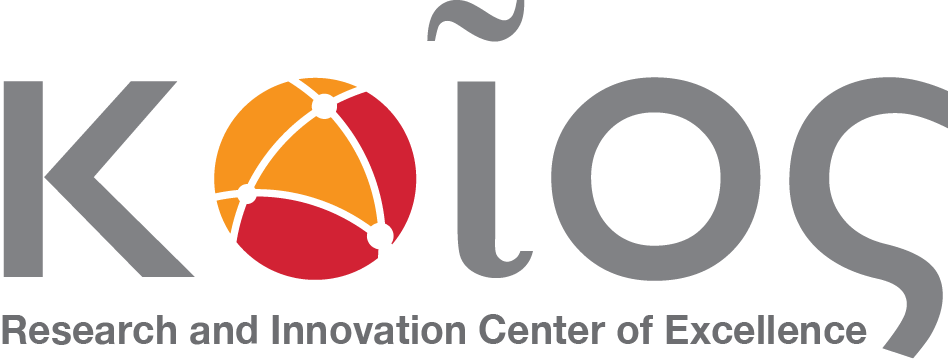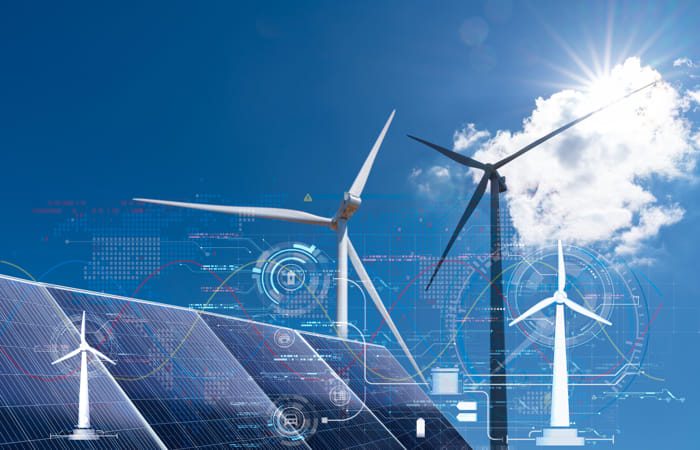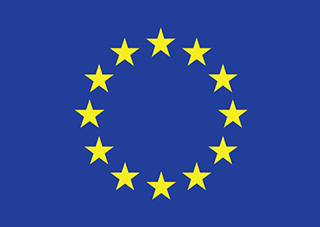The EU-funded project “HYNET” aims to tackle the challenges of integrating renewable energy sources and power electronics into traditional AC systems by developing innovative technologies. It aims to establish a robust framework for the future of Europe’s energy systems, supporting the European Green Deal and a sustainable, reliable energy transition.
Nowadays, the interest in direct current (DC) power transmission and distribution (T&D) systems among academia and industry has been rekindled mainly due to the proliferation of power electronic based (or interfaced through power electronics) loads and the increasing deployment of distributed energy resources (DERs), which operate intrinsically in DC or have a DC stage. Furthermore, DC technologies are expected to play a prominent role in the aim of the European Commission to increase the total renewable energy generation capacities to 1236 GW by 2030.
The HYNET projects aims to: (i) develop innovative technologies for transnational design and planning of AC/DC hybrid power systems, (ii) establish standardized methodologies and interoperability for multi-terminal, multi-vendor MVDC and LVDC systems, (iii) define and validate functional requirements for AC and DC grid forming capabilities, and (iv) design, implement and demonstrate a complete workbench of innovative solutions that promotes the adoption and deployment of DC power systems across all voltage levels while evaluating the technoeconomic benefits of DC vs AC systems. Hynet innovations will be demonstrated in 4 countries across Europe (France, Montenegro, Norway, and Cyprus) in existing and planned AC/DC hybrid grids.
The project’s consortium consists of 16 leading energy stakeholders from Belgium, Cyprus, France, Greece, Hungary, Montenegro, Norway, Portugal, and Spain and is coordinated by UBITECH ENERGY in Belgium.
Project’s website: https://hynet-project.eu/
 This project has received funding from the European Union’s Horizon Europe research and innovation programme under grant agreement 101172757.
This project has received funding from the European Union’s Horizon Europe research and innovation programme under grant agreement 101172757.
Views and opinions expressed are however those of the author(s) only and do not necessarily reflect those of the European Union. Neither the European Union nor the granting authority can be held responsible for them.



